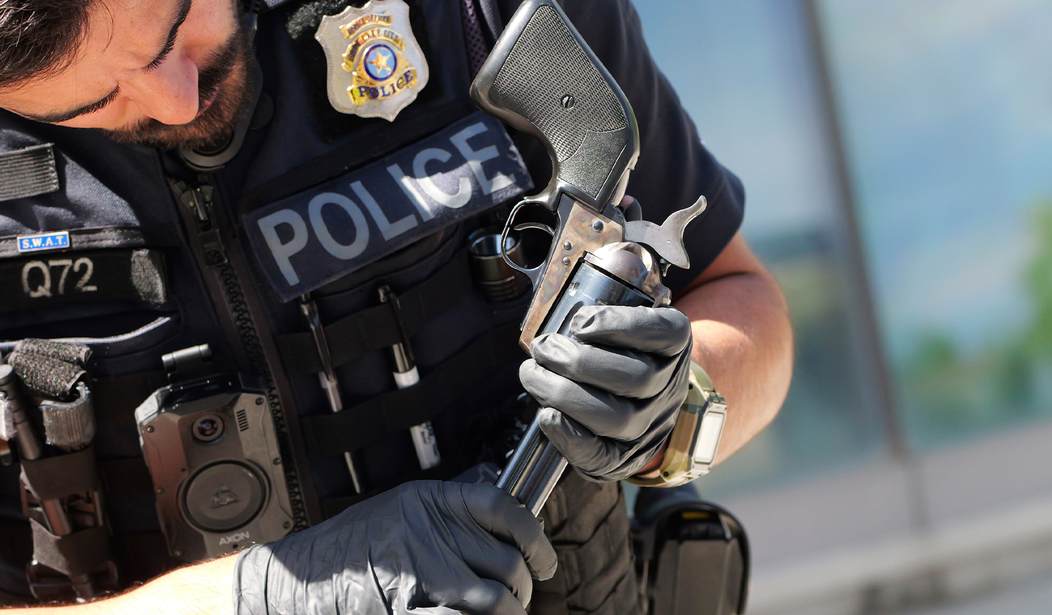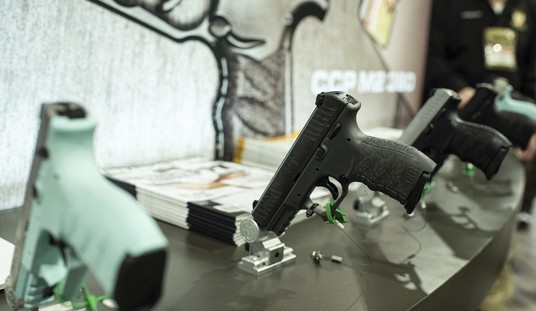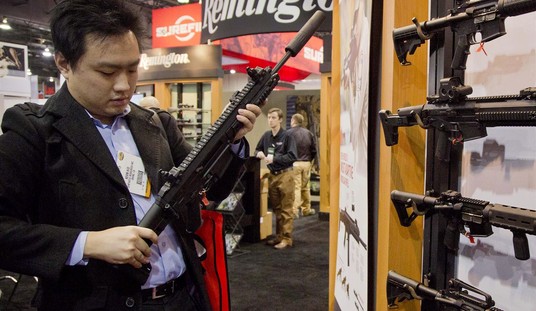The biggest legislative change in Illinois in the months since the Independence Day shooting at Highland Park’s 4th of July parade a year ago has to be the ban on so-called assault weapons and large capacity magazines rushed into law in January, but that’s not the only anti-gun move we’ve seen in the state.
As the Chicago Tribune reports, in the 12 months since the shooting, the number of red flag seizures has soared by 300%, while the Illinois State Police has received more than 11,000 “clear and present danger” reports; another mechanism for the state to prohibit legal gun ownership without formally filing criminal charges. And while we know that the number of seized firearms is way up, it’s apparently impossible to know if these “red flag” petitions are being rubber-stamped for approval because no one’s keeping track of the number of orders that have been denied.
In a period running from approximately the date of the shooting through May 31, state police received more than 11,800 so-called clear and present danger reports, notifying them that someone might be too dangerous to be granted a gun license. That is more than double the number received during the same period the prior year, state data shows.
The use of a separate tool, the firearms restraining order, the form for the state’s red flag law, has also jumped since the Highland Park attack.
The orders, which judges can use to take guns away from people they consider a threat, were granted 228 times in the 3 ½ years from the law’s inception in January 2019 through early August 2022. Just from then until May, there have been another 146 granted, nearly tripling the rate of usage based on a monthly average.
…
Increases in the use of state law can be attributed to heightened awareness, Illinois State Police Director Brendan Kelly told the Tribune in a recent interview.
“The awareness is growing, and that is where the thrust of our effort has to be. It’s simply making people aware that they have this option,” Kelly said. “And then, as we do that, eliminating any barriers or challenges that may be there from a technical standpoint or a legal standpoint to simplifying the process.”
Still, gaps in the available data remain. There’s no data available from the courts that show the number of firearms restraining orders that are requested but denied by a judge, leaving an incomplete picture of whether more have been requested after Highland Park or if judges have been more likely to grant them.
…
The Illinois Criminal Justice Information Authority, a state agency focused on research and analysis, told the Tribune they do not have data showing how many firearm restraining order petitions were filed overall. The Administrative Office of the Illinois Courts also does not have that information. Cook County Chief Judge Timothy Evans’ office approved the Tribune’s request to receive local FRO data, but that data was not made available before press time.
Is this an oversight on the part of the state legislature or an intentional decision to obfuscate the approval rate for Extreme Risk Protection Orders? Either way the result is the same; there’s no way of knowing just how many judges have thrown out these orders for a lack of evidence, and no way of telling how many judges are just going along with almost every petition brought before them; not wanting to risk being the one who let a potential killer keep ahold of their firearms.
That definitely appears to the be the case with the Illinois State Police and their “clear and present danger” reports, which can (and has) been used thousands of times over the past twelve months to revoke Firearms Owner ID cards and remove someone’s ability to lawfully possess a firearm.
After the July 4 shooting, the state police codified in its administrative rules the agency’s ability to retain clear and present danger reports even if the subject doesn’t have a FOID card or a pending application on file and isn’t deemed to be an imminent threat. The agency would be able to use such reports in evaluating future FOID card applications.
According to the state police, as a result of the rule changes, it retained 6,413 clear and present danger reports that previously could have had to be discarded out of a total of 11,812 reports filed from July 1, 2022 through May 31. Those 6,413 reports represented instances where the subject did not have a FOID card or pending application.
Those 11,812 reports also resulted in 5,181 FOID cards being revoked or applications being denied, more than double the 2,378 revocations and denials during the same period the previous year.
Let’s crunch those numbers. Out of 11,812 reports there were 6,413 that didn’t involve an active FOID card. That leaves 5,399 reports dealing with current or future gun owners, and the ISP says its revoked or denied 5,181 of them over the past year. That’s a denial rate of more than 99%, and a glaring red flag of its own. Unlike the state’s red flag law, which requires law enforcement to file the petition, almost anyone can submit a clear and present danger report to the ISP, and it sure looks like the almost every report that’s filed leads to a revocation of a FOID card or an application being denied, even if no criminal charges are ever filed against the individual in question.
With an approval rate this high, it’s no wonder officials have made data surround the state’s “red flag” law as opaque as possible. Illinois is doing an end run around the Second Amendment and the state constitution and grabbing as many guns as they can get away with, and the last thing they’d want is to shed some sunlight on the likely abuses that are taking place across the state.









Join the conversation as a VIP Member